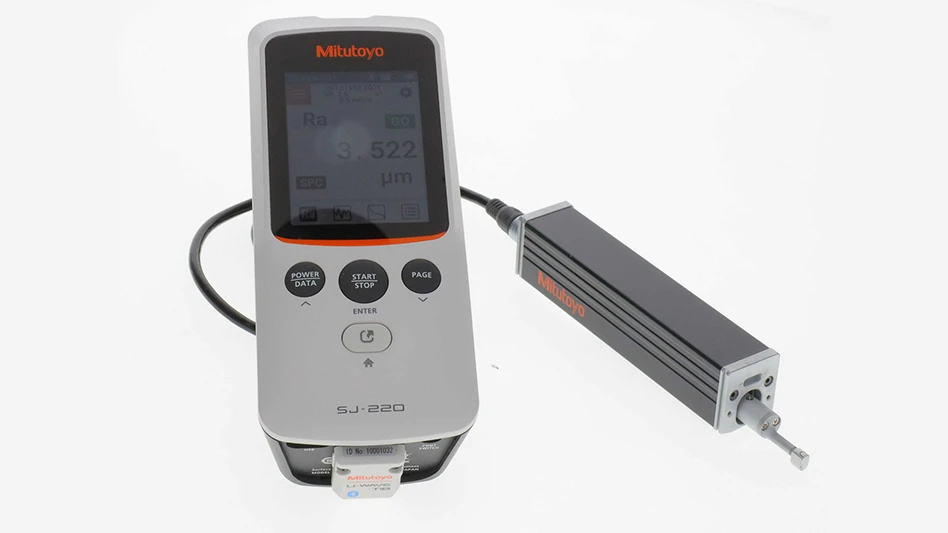Designing more robust hip prostheses so clinicians can personalize joints depending on the patient’s gender, weight, age, and gait requires a lot of observation. So, researchers at Rice University’s Brown School of Engineering are studying, simulating, and tracking how hips evolve. The research incorporates fluid dynamics and roughness of the joint surfaces as well as factors clinicians typically use to predict how well implants will last throughout 15-year expected lifetimes.
Higgs and co-lead authors Nia Christian, a Rice graduate student; and Gagan Srivastava, a mechanical engineering lecturer at Rice and now a research scientist at Dow Chemical, reported their results in Biotribology.
The researchers looked beyond earlier mechanical studies and standard clinical practices that use walking to evaluate artificial hips without incorporating higher- impact activities.

Rice mechanical engineer and bioengineer B.J. Fregly invited Higgs’ Particle Flow and Tribology Lab to collaborate on his work to model human motion and improve life for patients with neurologic and orthopedic impairments.
“He wanted to know if we could predict how long their best candidate hip joints would last,” says Higgs, Rice’s John and Ann Doerr Professor in Mechanical Engineering and a joint professor of bioengineering, whose father’s knee replacement partially inspired the study. “So, our model uses the walking motion of real patients.”
Physical simulators need to run millions of cycles to predict wear and failure points. Higgs’ model seeks to speed the process by analyzing motion capture data from Fregly’s lab and instrumented hip implant data that Georg Bergmann studies at the Free University of Berlin.
The new study incorporates four distinct modes – contact mechanics, fluid dynamics, wear, and particle dynamics – at play in hip motion. One issue others didn’t consider was changing the makeup of the lubricant between bones, synovial fluid, an extracellular liquid secreted by the synovial membrane connective tissue that lines the joint. Following hip replacement, the preserved membrane continues to express fluid.
“In healthy natural joints, the fluid generates enough pressure so that you don’t have contact, so we all walk without pain,” Higgs says. “But an artificial hip joint generally undergoes partial contact, which increasingly wears and deteriorates your implanted joint over time.”
That rubbing – called mixed lubrication in Higgs’ lab – can increase wear debris, especially from the ultrahigh molecular weight polyethylene plastic commonly used as the acetabular cup. Particles, estimated at up to 5µm, mix with synovial fluid and sometimes escape the joint.
“Eventually, they can loosen the implant or cause the surrounding tissue to break down,” Christian says. “And they often get carried to other parts of the body, where they can cause osteolysis. There’s a lot of debate over where they end up, but you want to avoid having them irritate the rest of your body.”
Rice University
https://www.rice.edu

Explore the March 2021 Issue
Check out more from this issue and find your next story to read.
Latest from Today's Medical Developments
- Incredible Machine works on the Rube Goldberg principle
- FAULHABER’s metal planetary gearhead family
- Aerospace Industry Outlook - Spring 2025, presented by Richard Aboulafia
- World’s smallest pacemaker is activated by light
- FANUC America’s ready-to-deploy cobot web tool
- #42 Lunch + Learn Podcast - Quell Corp
- Siemens accelerates path toward AI-driven industries through innovation and partnerships
- REGO-FIX’s ForceMaster and powRgrip product lines






